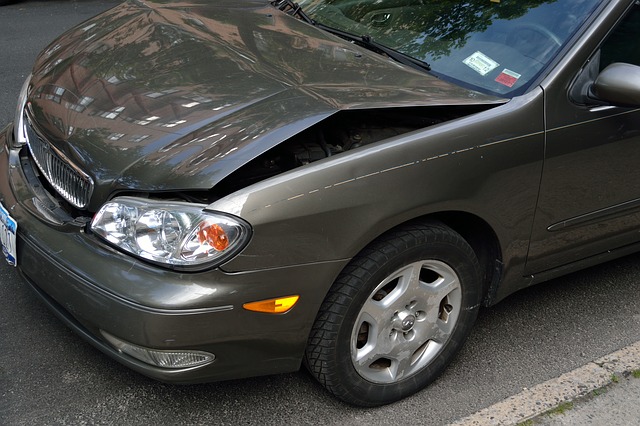With regards to a car accident case, the idea of “proximate cause” alludes to the demonstration that was the legitimate cause of the car accident, and prompted all subsequent wounds and vehicle harm. It is anything but an idea that is surely known by non-lawyers, yet proximate cause may come into the conversation when the two sides of an insurance case or claim are discussing the key issues of risk and flaw for a car accident.
Proximate Cause and “Cause-In-Fact”
To start with, it’s essential to take note that an auto collision may have both a proximate cause and a “cause actually” part, and these are not constantly one and the equivalent. This can be a touch of confounding, so a model may help.
On the off chance that the vehicle beside you swerves into your path for reasons unknown, slams into your car, and you continue an injury, at that point, the vehicle swerving into you is both the proximate cause and the “cause indeed” of your injury. Thus, any car insurance case or car accident claim emerging out of the injury would concentrate on ascribing risk to the driver of the swerving vehicle. Had it not been for the careless way in which the swerving driver was working his vehicle, your wounds would not have happened (proximate cause), and the driver’s careless activity of his vehicle brought about your wounds.
Yet, imagine a scenario in which the swerving vehicle was attempting to stay away from a jaywalker. Right now, a swerving vehicle is the “cause actually” of your wounds, however, were it not the jaywalker venturing into the road, the swerving driver would not have crashed into you. So the jaywalker would probably be viewed as the proximate cause of your wounds.
Deciding Proximate Cause for a Car Accident
In a portion of the more typical car accident situations, similarly, as with a rear-end accident, it’s not important to separate between various types of cause. But making sense of the proximate cause of a car accident injury can get fundamental in certain cases, and it very well may be a troublesome recommendation.
In multi-vehicle accidents, the proximate cause of your wounds can be expelled from the genuine “cause truth be told” of the accident that prompted your injury. Car accidents can include complex chains of occasions this pedestrian strides into the crossing point, as this bicyclist runs a stop sign, as this driver is speeding, and as this other driver can’t see appropriately through the sun’s glare on a grimy windshield. Furthermore, in the hours and days after a car accident, you may not know about the proximate cause of the accident.
Regularly, a harmed individual will file an outsider insurance case or claim against the individual whose activity gives off an impression of being the “cause truth be told” of the accident, and if there are progressively perplexing causation questions – as it was, regardless of whether the “cause indeed” and “proximate cause” of the accident is unique – those inquiries will be settled through case examination and the revelation procedure. On the off chance that another gathering should be brought into the case/suit, that is constantly a choice later on.
For example, coming back to our case of the other vehicle swerving into your path, on the off chance that you file an outsider insurance case or claim against that driver, and an examination uncovers that the driver just swerved with an end goal to dodge a jaywalking pedestrian, at that point you (and the other driver) will need to ensure that the pedestrian is brought into the case/claim as a possible at-risk party.



